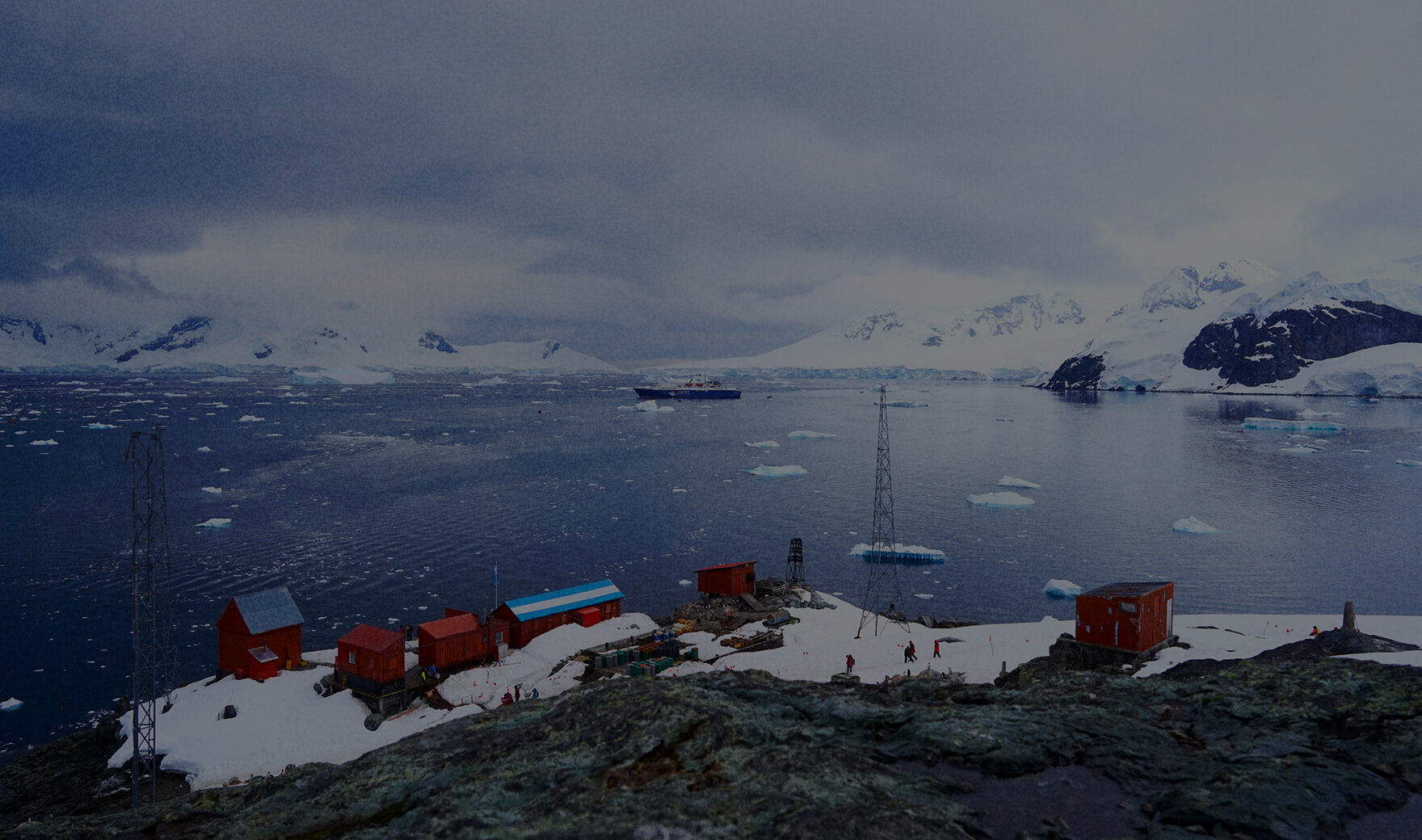[Written by Matthew Williams]
The International Space Station (ISS) is not only the largest and most sophisticated orbiting research facility ever built; it is also arguably the world’s most important research center. With its cutting-edge facilities and microgravity environment, the ISS provides an ideal lab for cutting-edge experiments in astrobiology, astronomy, medicine, biology, space weather and meteorology, and materials science.
For a long time, Japan had not developed their own means for recovering materials from the ISS. To address this issue, the Japanese Aerospace Exploration Agency (JAXA) commissioned Tiger Corporation and Technosolver in 2018 to create a new type of container in which to store samples sent to Earth. With the success of their first container, the team developed a newer version that will allow for regular sample returns from the ISS.

Established in 1923, Tiger is a Japanese corporation that specializes in vacuum insulation and related technologies. These technologies, which the company has used for decades to create thermal bottles, also have applications for space exploration. In recent years, JAXA began investigating the use of these technologies to create storage containers that could keep experimental samples cool during their journey to Earth.
In September 2018, JAXA launched the Kounotori 7 (HTV-7) mission, the seventh flight of the H-II Transfer Vehicle (HTV). Although the primary purpose of the mission was to transport supplies to the ISS, JAXA decided to use this flight to validate a new method for transporting samples of protein crystals (which were part of a growth experiment conducted inside the ISS’s Kibo Laboratory Module) back from the ISS.
The samples were stored inside a special container (NPL-A100) co-developed by JAXA and Tiger that was placed inside the HTV Small Re-entry Capsule (HSRC). Since the re-entry capsule was too small to rely on an electrical cooling system, JAXA and Tiger needed a container that relied on passive insulation methods to keep its contents at stable temperatures.
In the end, they used the same technologies Tiger relies on to create stainless steel thermal bottles, developing a double-walled, vacuum-insulated vessel that weighed about 9.7 kg (21.4 lb). As Keiji Nakai, who is the manager of the Product Development Group (3rd section) at Tiger explained to Universe Today via email, the container had to meet some very strict requirements:
"The double-walled, vacuum container for this mission had to maintain the temperature inside the container at 4 °C ± 2 °C (39.2 °F ± 3.6 °F) over the course of four or more days and protect the container from the enormous 40G impact when landing in the ocean upon returning to Earth."
A number of cold packs were also included in the capsule to ensure that the container's temperature remained stable. The mission was a success and represented a major milestone for JAXA, which previously did not have the option of independently recovering materials from the ISS. Like many space agencies involved with the ISS, JAXA had been dependent on Roscosmos and NASA to provide transportation services.
The next step in the JAXA-Tiger collaboration involves the creation of a small and light container that can keep samples stable for longer than twelve days. But the most stringent requirement is that it must be used more than once. As Nakai explained, these and other specifications have gone into the design of the second generation NPS-A100 container:
"The weight of the new container is no more than about 4.7 kg (10.3 lb) with ice packs inside, and it will maintain temperatures inside of 20 °C ± 2 °C (68 °F ± 3.6 °F) for at least twelve days, from the time the container leaves the ISS to when it lands back on Earth. We have also designed the container in such a way that it lasts at least three years or six missions."
The NPS-A100 is likely to be transported to the ISS as part of the CSR-22 commercial resupply mission that is scheduled for early summer and will involve a SpaceX Crew Dragon transporting supplies and experimental resources to the ISS. Once again, the container will be used to transport protein crystals that are part of ongoing biomedical research taking place in the Kibo Laboratory Module.
This research is leading to advances in the field of medicine and the development of new cures and medicines. Beyond sample containers, the insulation technology resulting from this collaboration also has numerous commercial and industrial applications. These include transportation solutions for medical samples and reagents that require storage under strict temperature conditions.
It could also lead to new applications for thermal management in electric and hybrid cars. But perhaps the most interesting application is in the development of next-generation building materials that could provide high levels of insulation in extreme environments such as Antarctica, where research stations need to conserve heat—and even on the Moon and Mars!

"The potential applications of our vacuum insulation technology are limitless," states Tiger on their website. "This technology will support cutting-edge fields in every industry, helping them lead us towards a dynamic, exciting future."









